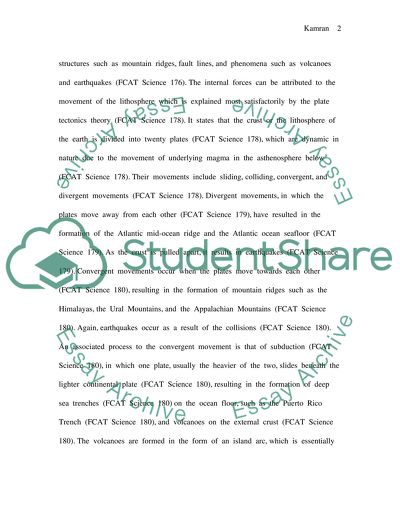Internal and External Forces: Volcanoes and Earthquakes Assignment. Retrieved from https://studentshare.org/geography/1583435-write-a-paper-to-compare-the-external-and-internal-forces-how-do-earthquakes-and-vocanoes-develope-can-we-predict-their-occurance
Internal and External Forces: Volcanoes and Earthquakes Assignment. https://studentshare.org/geography/1583435-write-a-paper-to-compare-the-external-and-internal-forces-how-do-earthquakes-and-vocanoes-develope-can-we-predict-their-occurance.


